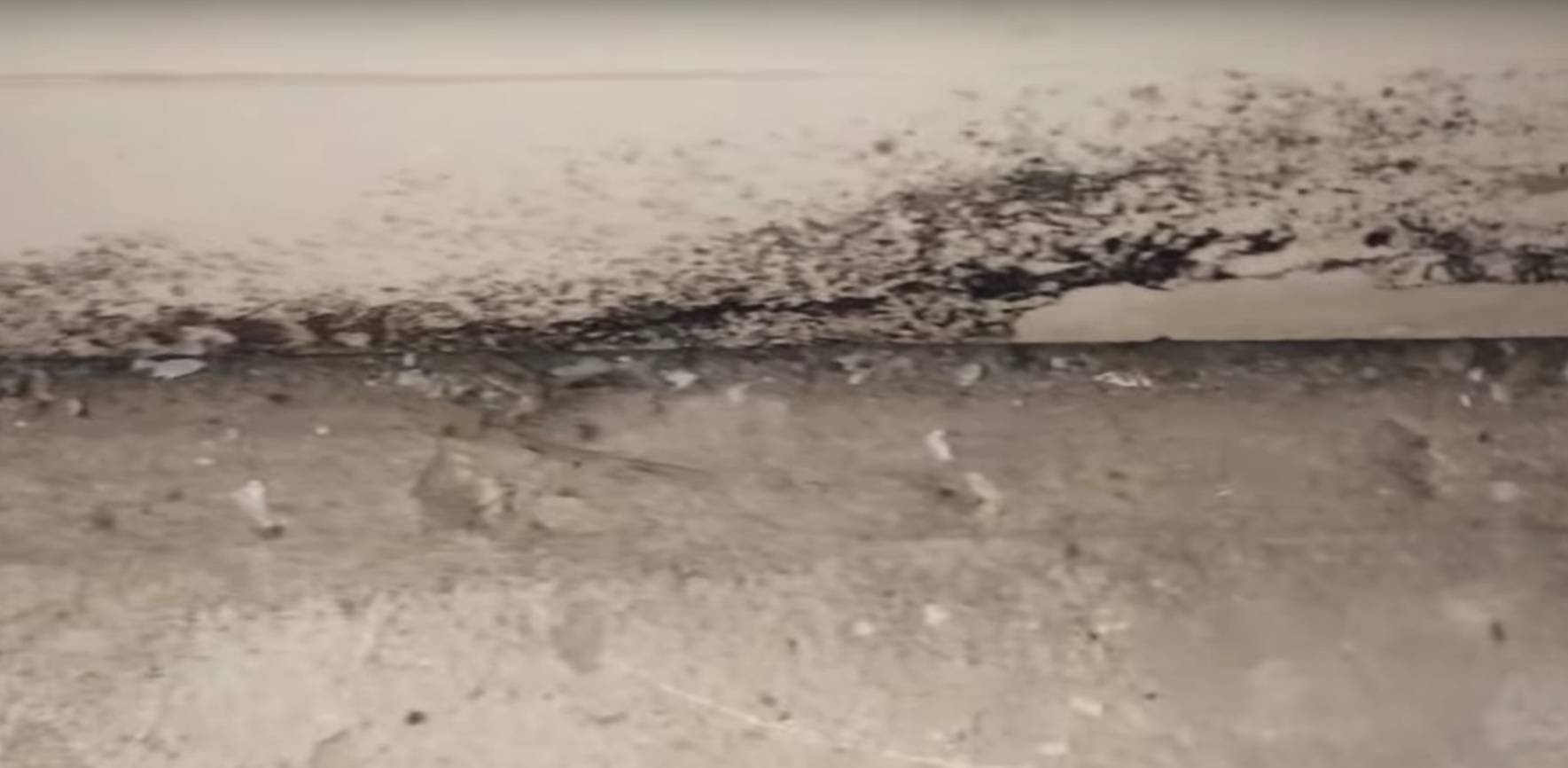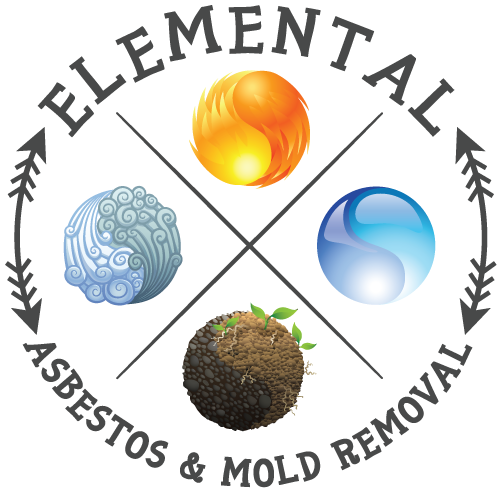Dangers Of Mold
Mold
No one should have to live with mold growing in their home.
But often, mold has been growing and thriving in a home long before it’s found. Mold requires moisture and organic material to grow such as drywall, wood etc, it can spread inside the walls of a house from a bathroom, laundry room, or other area of the house that regularly creates high humidity, it usually starts inside the wall because most mold doesn’t like light but eventually it will spread to the exterior. Because it’s hard to spot, you may have to look for other signs as in musty smell, condensation, water leaks and more.
If you think there’s even a chance you have mold, you need an inspection now!

Often hiding where you least expect it, mold is an oft forgotten health hazard capable of causing serious harm. There is an incredible variety of molds capable of hiding in your homes and businesses, all with differing effects and levels of harm associated with each type. However, you should never assume that you can ignore a mold infestation in your home, or pass it off as a minor annoyance.
The health effects associated with mold and the mycotoxins that they release can range from the minor to the critical. On one side of the spectrum, mold will agitate allergies, asthma, or a weak immune system, and regular exposure can exacerbate such health risks. Mold exposure can result in symptoms such as nasal congestion, respiratory problems, coughing and throat irritation, eye irritation, and sneezing. If you are experiencing any of those symptoms and are not sure why, it would be wise to have your home or business inspected for mold.
Some of the mycotoxins that certain molds release can have a more drastic effect. When vulnerable to these molds for a prolonged period of time, people and animals can fall victim to mycotoxin toxicity. This can cause severe illness, and serious exposure can result in neurological issues and even death.
Other conditions resulting from mold exposure are mold-induced hypersensitivity and fungal infections. Mold-induced hypersensitivity can cause allergic asthma or hay fever when mold spores are inhaled, resulting in symptoms similar to typical allergy or asthma attacks. Fungal infections, also known as mycosis, present a more serious threat. They commonly infect the sinuses and digestive tract, but have been known to affect the skin and lungs. Other symptoms of mold exposure include fatigue, nosebleeds, and diarrhea. At its worst, mold exposure can result in hospitalization.
Part of the severity of mold issues lies in how difficult it can be to find and how many places it can hide. Mold can hide behind drywall, in the flooring, around sinks, and in many other places most people might not think to check. Even if you are not vulnerable to the health risks posed by mold, you should still be wary of the structural damage to your property.
Protect yourself and those around you from mold exposure by contacting Elemental Asbestos & Mold Removal today for an inspection and remediation in Victoria and area.
